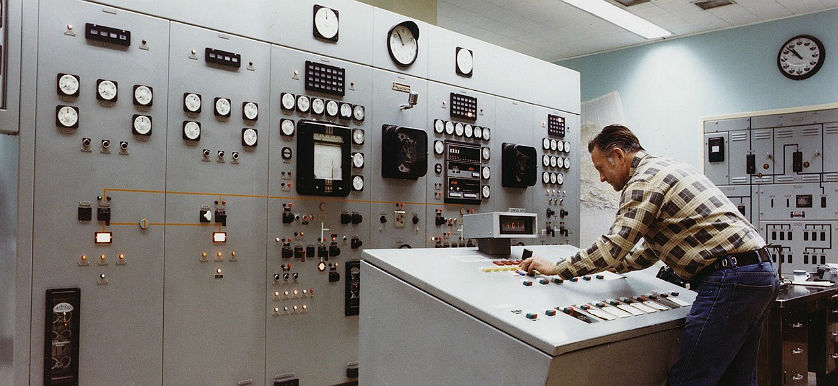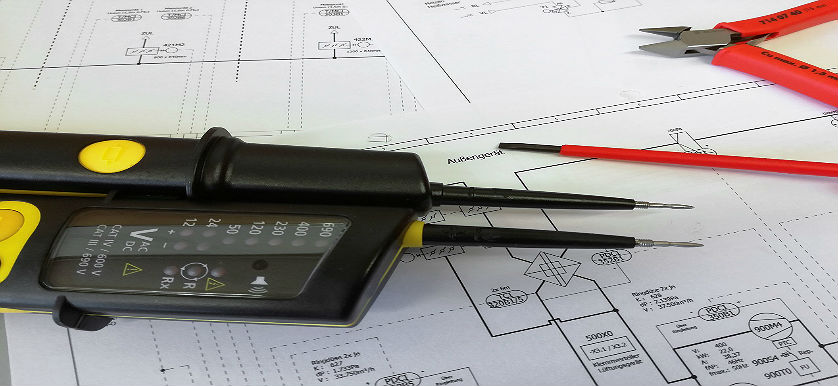Performance Benchmarking in the Electricity Utilities Sector

In the last century, the electric power industry has played and still plays a critical role in the development of our societies on many levels. Electricity, as a resource, is indispensable to factories, businesses and commercial establishments, to private homes and to certain modes of transportation as well.
Throughout the 20th century, strong industrialization has occurred in both the U.S. and Europe, and all the way through Asia, and the electricity industry has strongly contributed to this development phase in terms of technological progress and human prosperity.
Considering today’s high-tech economies, characterized by a high dependence on affordable and reliable electricity, the electric power utility industry, which encompasses the generation, transmission, distribution and sales of electric power, has experienced a remarkable growth and it still maintains a strong pace in terms of turnover for electric providers (only in 2015, in the U.S. the sector was worth almost $ 400-billion) and investments aimed towards a reliable distribution of this resource throughout its network.
However, despite the profitability obtained from the consumption of electricity by private households and commercial and industrial facilities, industry providers have operated in accordance to an ever-increasing demand for electricity.
This demand is characterized by long lasting peak demand periods and strict national and international regulations related to gas emissions, reliability, consumer protection and investment policies that are restructuring the boundaries of the sector. Furthermore, until the end of the 1990s, the nature of the segment, as a natural monopoly, has had limited competitiveness.

The Challenges of the Electric Power Industry
Electricity providers face challenges that can be grouped into the following areas:
- Security of electricity supply in response to an increase in demand;
- Aging infrastructure;
- Climate change and environmental footprint pressures;
- Global trends towards urbanization;
- Raising operational and distribution costs;
- Importance of fuel diversity in ensuring reliable supply of electricity;
- Changing demographics.
Given the more static and harsher settings of the industry, electricity providers worldwide have opted and created frameworks for best practices with the objective of achieving better profitability in the long term.
For this reason, the framework of performance management “Energy Efficiency Program, Best Practices” has been developed by the U.S. Environmental Protection Agency (EPA) with the aim of setting a specific array of best practices.
These best practices aimed to make electricity power a more cost-effective tool for all customers classes, by designing and delivering energy programs that optimize reliability and budgets, based on current performance assessments of the distribution network and generation equipment.
In other areas of the world, as in south east Asia, a management framework called “Electricity Governance Initiative” developed by the World Resource Institute (WRI), in association with the Indian Prayas Energy Group, has been enacted with the aim of pursuing performance improvement of the electricity sector of 4 countries: Thailand, India, Indonesia and the Philippines.
The KPI Institute’s Benchmarking Study
The KPI Institute has conducted a secondary benchmarking research called “Key Performance Indicators for Electricity Utilities. Utilities Performance Benchmarking Report Series 2017”, that includes 23 companies located throughout five continents. All the 257 Key Performance Indicators (KPIs) documented are clustered in five main domains:
- Customers (e.g. % Domestic Customers, % Customer satisfaction, # Complaints concerning the price of electricity, % Complaints considered legitimate, % First contact resolution rate) – with 68 KPIs documented;
- Operations (e.g. # Net electricity generated, # Energy generated from coal, # Miles of underground lines, # Reconnections, # SAIDI) – with 90 KPIs documented;
- Environment (e.g. # C02 emissions (mill tones), # Waste for recycling, # Mercury emissions, % Waste for disposal by landfill, # SO2 emissions from power generation) – with 24 KPIs documented;
- Human Capital (e.g. # Senior Management, % Female in board of directors, % Disabled employees, # Average hours trained per employee, % Female employees) – with 68 KPIs documented;
- Corporate Governance (e.g. # Board of directors meetings, # Deliberations, # Management suggestions) – with 7 KPIs documented.

The report is dedicated to the analysis of non-financial KPIs applied to the electricity industry, under the above-mentioned areas of expertise, reporting results for the 2011-2015 period.
The Operations domain is the most documented cluster, including 90 KPIs out of the 257 reported. Likewise, the indicators are divided into 5 main areas:
- Electricity production (e.g. # Renewable production, # Net electricity generated);
- Power sources (e.g. # Energy generated from nuclear power, # Thermal power);
- Transmission network (e.g. # Transformer substation, # Electricity sold);
- Electricity supply (e.g. # Temporary Disconnections, # New connections);
- Electricity interruptions (e.g. # SAIFI (load factor) , # SAIFI).
The Bottom Line
Benchmarking can be considered a fundamental requirement for electric utilities organizations, as it allows them to determine their baseline performance and to identify possible gaps in performance with respect to best in class utilities players, while being able to define best practices and comparing them to other processes.
However, for a full-applicability of the benchmarking report, all the members involved in the project must clearly define the initiatives and must have a well-structured methodology to back them up. If these steps are not correctly assessed, the results may be unclear or incomplete.
Finally, performance transparency and cross-utility comparisons must be fostered to allow a continuous analysis of data among electricity firms involved in the generation, transmission, distribution and sale of electricity.
Benchmarking Professional – the more you know!
The KPI Institute, through its Center for Performance Benchmarking and Utilities Performance Labs, has initiated a large series of secondary benchmarking projects to reveal the key indicators used in the utility sectors. This report, called “Key Performance Indicators for Electricity Utilities”, is the third published out of the 6 Utility Benchmarking Reports in the series, and is now available to the public.
Moreover, considering the complexity of designing a Benchmarking study and all the related challenges associated with it, The KPI Institute’s training program, Certified Benchmarking Professional, is designed to fill the gaps you might have or to provide complete knowledge on how to conduct a benchmarking study.
For further information, feel free to download any of our webinars that are centered around the concept of Benchmarking.
Image sources:

Tags: Benchmarking, Electricity performance, Strategy




